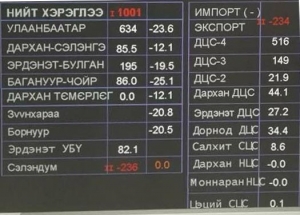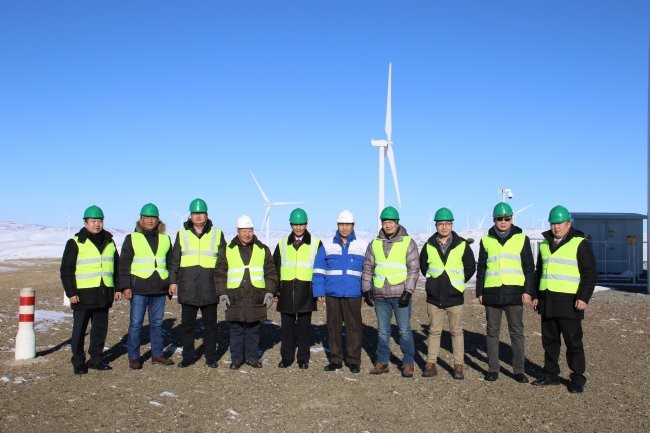Stanford Report, September 10, 2012
Wind could meet many times world's total power demand by 2030, Stanford researchers say
Adapting a sophisticated climate model, researchers show that there is plenty of wind available to supply half to several times the world's total energy needs within the next two decades.
By Andrew Myers
If the world is to shift to clean energy, electricty generated by the wind will play a major role – and there is more than enough wind for that, according to new research from Stanford and the University of Delaware.
Researchers at Stanford University's School of Engineering and the University of Delaware developed the most sophisticated weather model available to show that not only is there plenty of wind over land and near to shore to provide half the world's power, but there is enough to exceed the total demand by several times, even after accounting for reductions in wind speed caused by turbines.
High-resolution models
In their study, Jacobson and Archer adapted the three-dimensional, atmosphere-ocean-land computer model known as GATOR-GCMOM to calculate the theoretical maximum wind power potential on the planet, taking into account wind reduction by turbines. Their model assumed wind turbines could be installed anywhere and everywhere, without regard to societal, environmental, climatic or economic considerations.
Potential aplenty
Among the most promising things the researchers learned is that there is a lot of potential in the wind – hundreds of terawatts. At some point, however, the return on building new turbines would plateau, reaching a level in which no additional energy could be extracted even with the installation of more turbines.
"Each turbine reduces the amount of energy available for others," Archer said. The reduction, however, becomes significant only when large numbers of turbines are installed, many more than would ever be needed.
"And that's the point that was very important for us to find," Archer said.
The researchers have dubbed this point the saturation wind power potential. The saturation potential, they say, is more than 250 terawatts if we could place an army of 100-meter-tall wind turbines across the entire land and water of planet Earth. Alternatively, if we placed them only on land (minus Antarctica) and along the coastal ocean, there is still some 80 terawatts available – about seven times the total power demand of all civilization. Hypothetical turbines operating in the jet streams 6 miles up in the atmosphere could extract as much as 380 terawatts.
How many?
Knowing that the potential exists, the researchers turned their attention to how many turbines would be needed to meet half the world's power demand – about 5.75 terawatts – in a 2030 clean-energy economy. To get there, they explored various scenarios of what they call the fixed wind power potential – the maximum power that can be extracted using a specific number of wind turbines.
Archer and Jacobson showed that 4 million turbines, each operating at a height of 100 meters and producing 5 megawatts, could supply as much as 7.5 terawatts of power – well more than half the world's all-purpose power demand – without significant negative effect on the climate.
"To get there, however, we have a long way to go. Today, we have installed a little over 1 percent of the wind power needed," Jacobson said.






